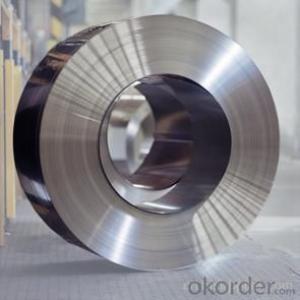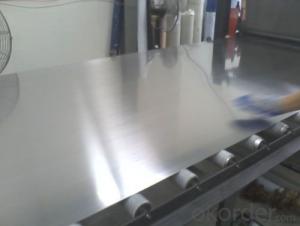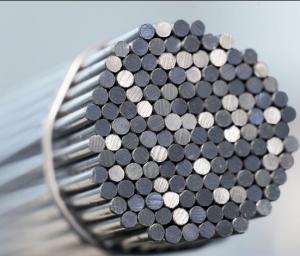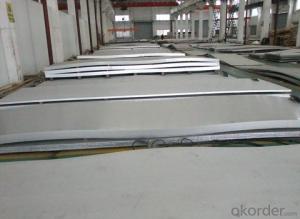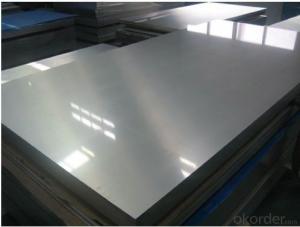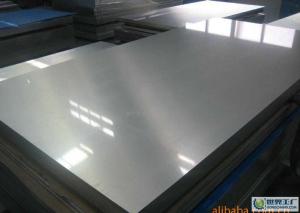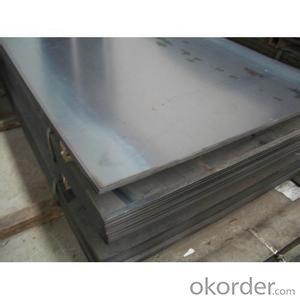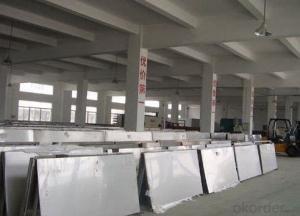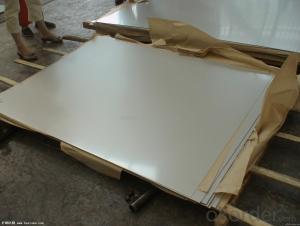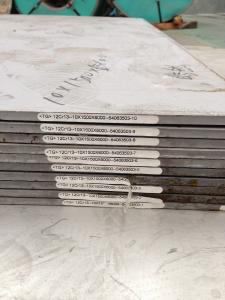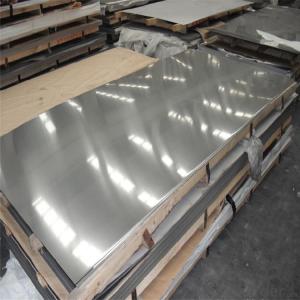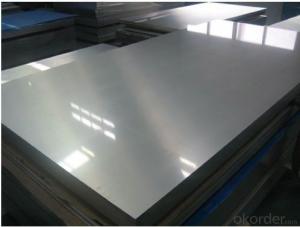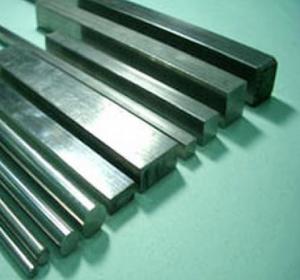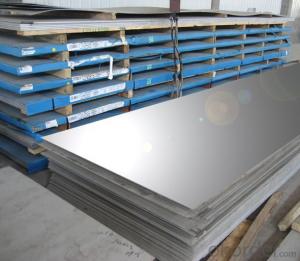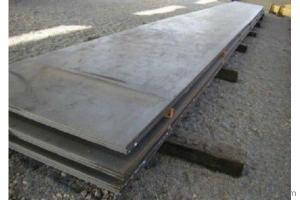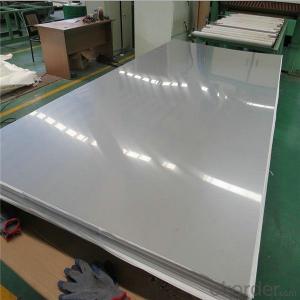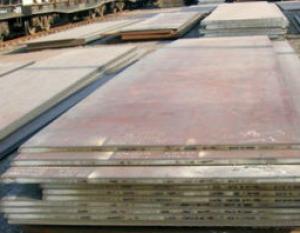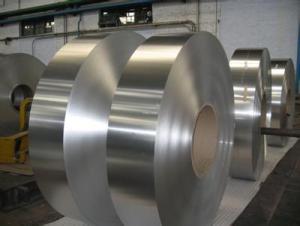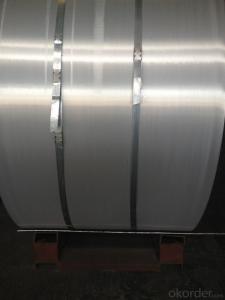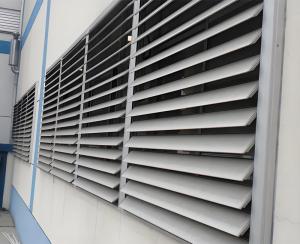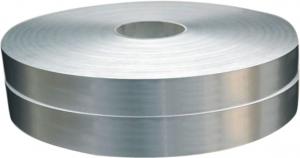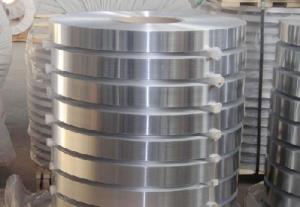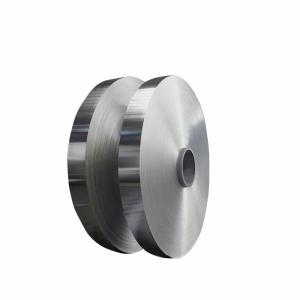Stainless Steel Diamond Plate
Stainless Steel Diamond Plate Related Searches
Diamond Plate Stainless Steel Stainless Steel Plates Stainless Steel Platter Stainless Steel Dinner Plates Stainless Steel Divided Plate Stainless Steel Wall Plates Stainless Checkered Plate Stainless Steel Charger Plates Stainless Steel Plate For Sale Polished Aluminum Diamond Plate Stainless Steel Camping Plates Stainless Steel Cover Plates Diamond Checkered Plate Colored Aluminum Diamond Plate Stainless Steel Kick Plates Anodized Aluminum Diamond Plate Thin Aluminum Diamond Plate Stainless Steel Jewellery Stainless Steel Jewelery Stainless Steel Toddler Plates Stainless Steel Desk Stainless Steel Kids Plates Stick On Aluminum Diamond Plate Aluminum Black Diamond Plate 1 4 Stainless Steel Plate Stainless Steel Switch Plates Decorative Steel Plate White Aluminum Diamond Plate Brazing Aluminum Diamond Plate Black Aluminum Diamond PlateStainless Steel Diamond Plate Supplier & Manufacturer from China
Stainless Steel Diamond Plate is a type of metal sheet material that features a distinctive diamond-shaped pattern, providing both an aesthetically pleasing appearance and enhanced slip resistance. This product is made from high-quality stainless steel, ensuring durability and corrosion resistance, making it suitable for a wide range of applications.The Stainless Steel Diamond Plate is widely used in various industries, including construction, automotive, and marine, due to its slip-resistant surface and robustness. It is particularly popular for flooring, stair treads, ramps, and walkways, where safety and durability are paramount. Additionally, it can be utilized for decorative purposes, such as wall cladding and furniture accents, thanks to its unique and modern design.
Okorder.com is a reputable wholesale supplier of Stainless Steel Diamond Plate, boasting a large inventory to cater to the diverse needs of customers. With a commitment to quality and customer satisfaction, Okorder.com offers competitive pricing and reliable service, making it a go-to source for businesses and individuals seeking this versatile product.
Hot Products

